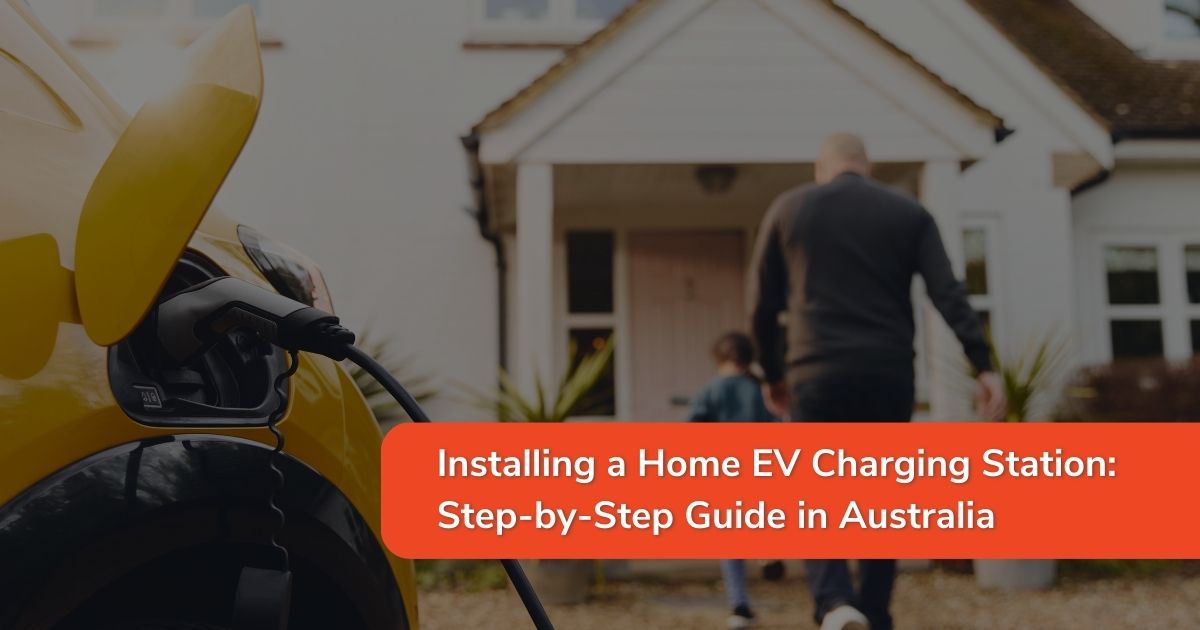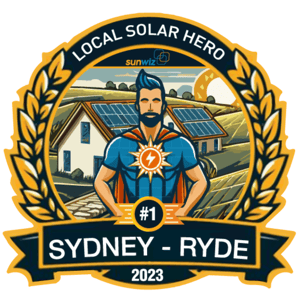Installing a Home EV Charging Station: Step-by-Step Guide in Australia

With the electrification of the automotive industry accelerating, Australia is quickly becoming a major player in the transition to electric vehicles (EVs). As the number of EVs on Australian roads continues to climb, the need for infrastructure – especially home charging solutions – has become paramount. Get ready to dive into the world of green commitments as we guide you, step by step, through the process of installing a home charging station for your EV. From selecting the perfect station to powering up your electric ride, we've got you covered!
Assessing Your EV's Thirst
Before diving into the installation process, let's consider an important factor for your home charging station: your EV's "thirst" for power. Take into account your vehicle's battery capacity, anticipated range, and charging speeds. Remember, it's always wise to choose a charging station that can handle faster charging speeds to future-proof your setup.
Choose the Right Station
Australia offers a diverse selection of home EV charging stations. When shopping for your charging unit, look for models that comply with Australian standards and regulations. From standard Level 1 chargers to the more robust Level 2 options, you'll find a range of power outputs designed to cut down on charging times. Don't forget to consider connectivity options – whether it's plug-and-play, hardwired, or Wi-Fi enabled for smart connectivity. And of course, safety features should never be overlooked. Look for units with integrated ground fault protection and over-current shut-offs for peace of mind.
Preparing the Site Down Under
Now it's time to power up your preparations by ensuring that your home's electrical system can handle the demands of your charging station. You may need to upgrade your home's electrical panel to accommodate the necessary amperage. Next, navigate the bureaucratic landscape by checking if your local council requires any permits or approvals. Once the paperwork is squared away, focus on the physical site – whether it's your garage or an outdoor space. Ample ventilation and accessibility are non-negotiables for a smooth charging experience.
The Installation Process
When it comes to installation, always enlist the services of a licensed electrician or Solar energy Provider with expertise in EV charging. They'll handle the complex wiring and compliance details to ensure your installation not only powers your EV but also meets safety standards. Installing your charging station involves working with high voltages, so it's crucial to leave it to the professionals. They will conduct tests to confirm correct operation and provide an overview of the station's functionality.
Testing and Commissioning
Once the installation is complete, it's time to test the equipment. Ensure that the charging station is properly connected to your EV and capable of delivering the promised charging speeds. Conduct a few cycles of charging to verify reliability and consistent performance. It's always a good idea to double-check before relying on your new charging station.
Maintenance and Troubleshooting
Keep the power flowing smoothly by adhering to a regular maintenance schedule for your home charging station. This typically involves visual checks, cleaning the unit, and ensuring the electrical connections remain tight. In the event of any issues, troubleshooting can range from simple fixes like resetting a tripped circuit to diagnosing more complex internal faults. Always refer to your user manual for guidance and safety precautions before attempting any repairs.
Conclusion
As you embark on your home EV charging station journey, remember that you're making a significant contribution to the environmental health of your community. Home charging not only saves you trips to the pump or public chargers but also reduces your carbon footprint. By diligently following the steps provided, you're not just installing a charging station; you're plugging into the future of transportation in Australia. Let's power up together! Contact Smart Energy Answers today.
%20(1).png?width=265&height=96&name=www.smartenergyanswers.com.auhs-fshubfsSmart%20Energy%20Answers%20Logo%20(HIRES)%20(1).png)

.png?width=514&height=121&name=Tesla%20Powerwall%203%20(new).png)







